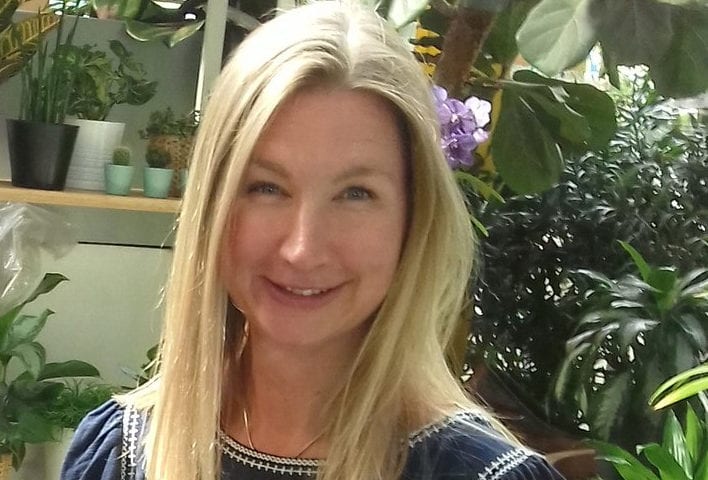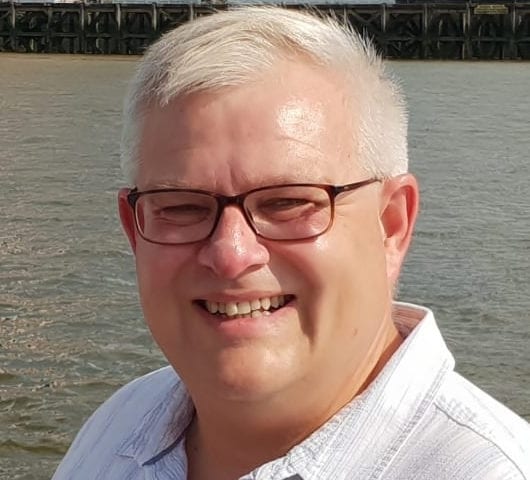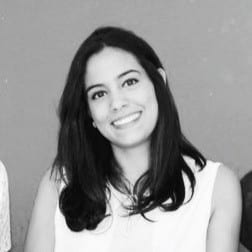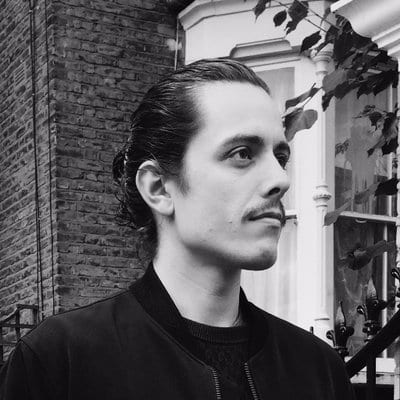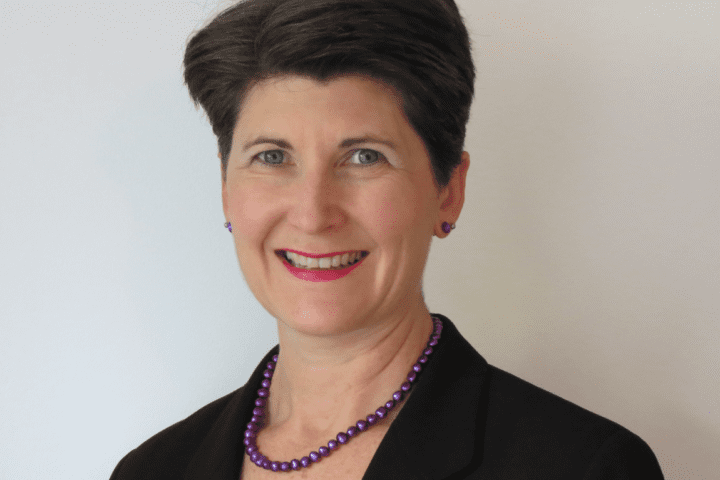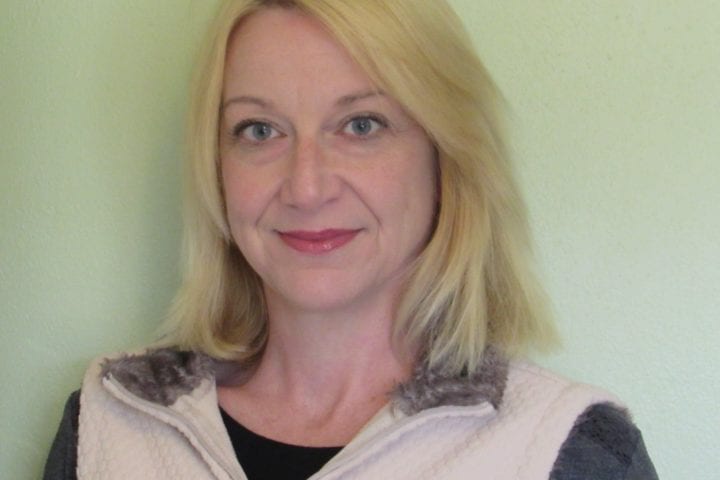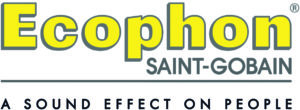Workplace Trends: People, Place, Performance
Wednesday 17 October 2018, 09:00 – 17:15
Royal College of Physicians, Regent’s Park, London, NW1 4LE
 Our Workplace Trends October 2018 conference in London looked at themes around the Circular Economy / Office, Artificial Intelligence, Health and Active Working, Algorithms & Machine Learning, Office Environments, the Future Workforce, Sensory Processing and more.
Our Workplace Trends October 2018 conference in London looked at themes around the Circular Economy / Office, Artificial Intelligence, Health and Active Working, Algorithms & Machine Learning, Office Environments, the Future Workforce, Sensory Processing and more.
Videos and pdf handouts of sessions are now available, click the button above for more information.
 Morning Chair’s Welcome, Scene Setter and Look Forward (09:40)
Morning Chair’s Welcome, Scene Setter and Look Forward (09:40)
Nigel Oseland, Workplace Unlimited
Nigel Oseland is a workplace strategist, change manager, environmental psychologist, researcher, international speaker and author. Nigel draws on his psychology background and his own research to advise occupiers on how to redefine their workstyles and rethink their workplace to create working environments that enhance individual and organisational performance and deliver maximum value.
Office Design, 2030, and the fight against political correctness at work (10:00)
James Woudhuysen

Lower your carbon footprint. Lower your plastics footprint. Ban lifts; insist people take the stairs, Become ‘global head of wellness’ and develop a full-service programme to help mothers of infants – brand it ‘LifeCare milkship’. If you’re a man, say the word MENOPAUSE three times a day to show solidarity with women. Worry about open-plan offices encouraging sexual harassment. Worry about offices with closed doors – you never know what goes on behind them.
In short, worry. That’s so good for productivity, innovation, company growth and staff morale!
Workplace specialists need an alternative to all this mumbo-jumbo. Let’s start the discussion.
One of Europe’s best-known speakers on the future of IT and general innovation, James also holds forth in China, India and America. He is a physics graduate; Visiting Professor, London South Bank University. James writes for spiked-online.com and is regularly interviewed on Sky News.
James has worked with most of the world’s top IT companies. These include Amadeus, Brother, EMC, Fujitsu, IBM, Information Security Forum, O2, Oracle, Orange, Panasonic, Sabre, Sage, SAP, Tata, Telefonica, Vodafone and Xerox.
Going Circular at PwC – Our 10 year journey (10:30)
Bridget Jackson, PwC
 As a professional services firm, you might expect PwC to be one of the last companies to think about the circular economy. Yet, over the past 10 years, the firm has systematically applied the principles to its business. Starting with better waste management,
As a professional services firm, you might expect PwC to be one of the last companies to think about the circular economy. Yet, over the past 10 years, the firm has systematically applied the principles to its business. Starting with better waste management,PwC has established best-in-class end-of-life treatment for countless material streams, and is now using its purchasing power to support products designed for circularity. It’s a story that has inspired BITC to create a Circular Office programme, with c. 75 companies now signed up to follow suit.
This session shares the journey PwC has been on, together with a wealth of practical tips, data and insight to help you start or accelerate your own transition to a circular economy.
Bridget is Director of Corporate Sustainability at PwC UK with responsibility for the firm’s internal corporate sustainability strategy, on behalf of the Board.
Bridget has led an extensive programme to apply the principles of the circular economy to PwC’s business. Creating Let’s Talk Rubbish – a campaign to encourage employees to segregate their waste correctly – helping the firm achieve zero waste to landfill, each year since 2012. More recently, the firm’s Going Circular approach has encompassed setting up remanufacturing, reuse and recycling solutions for its IT waste, old uniforms, unwanted furniture and food waste, as well as establishing ‘circular procurement’ processes.
Bridget has shared its experience of this – as well as its efforts to create circular buildings, drive circular procurement, encourage circular lifestyles and support circular start-ups – in an extensive Lessons Learned report packed full of practical tips to help others ‘go circular’ more quickly. (www.pwc.co.uk/goingcircular)
Active Lifestyle at Work: The Facts (11:30)
John Buckley, Centre for Active Living, University Centre Shrewsbury
 John has some striking research and evidence to share about the best ways to enjoy a healthy, productive and lengthy life.
John has some striking research and evidence to share about the best ways to enjoy a healthy, productive and lengthy life.
John’s career in sport (originally as a tennis coach) and in exercise and health (exercise physiologist) has spanned over 30 years. It includes having set up his own exercise, fitness and physiotherapy business and managing it with his physiotherapy partners for 21 years. In parallel to this, since 1989 he has held teaching and research posts in the School of Physiotherapy at Keele University, the University of Chester, and UCL
He has held positions of national and international leadership in sport and exercise science and cardiovascular health and rehabilitation, including: President of the British Association for Cardiovascular Prevention and Rehabilitation (2009-2011); Chair of the BASES Division of Physical Activity for Health (2003 – 2007); Advisory panel member, Department of Health, Commissioning Guide for Cardiac Rehabilitation; Expert panel advisor to Skills Active (Since 2002); Co-chair and co-author of the International Charter on Cardiovascular Prevention and Rehabilitation.
Visual Ergonomics in the Workplace: See it right, feel better (12:00)
Jonathan Brune, Durable

Ergonomic design plays an increasing role in the workplace; think adjustable workstations, acoustic systems and improved air quality, for example. Yet lighting, an essential aspect of workplace ergonomics, still only plays a secondary role or remains unconsidered.
Lighting is often split into two categories ‘light’ and ‘dark’. Lighting design is based on the principle that ‘light’ is enough to be able to see well and cope with the task in hand. Yet recent scientific research shows that ‘light’ alone is far from being sufficient to facilitate good vision and fatigue-free, concentrated working. This becomes particularly significant when comparing younger and older people.
Traditional lighting concepts no longer fit the New Work Order. This presentation will discuss the basics of ergonomic lighting design for office buildings, define terms, and draws on recent research and case studies, analysing the influence of light on health, wellbeing and productivity.
Jonathan Brune is a director at DURABLE Hunke & Jochheim GmbH & Co. KG in Iserlohn, Germany with 14 years professional experience. He holds two international masters degrees. Jonathan is passionate about the Future of Work and visual ergonomics, lighting design and the relationship between light and health in particular. His profound knowledge and experience make him a well-regarded expert in talks and panel discussions.
Beyond Biophilic Design: Creating great physical environments that are also psychologically comfortable (12:30)
Madeleine Evans and Kenneth Freeman, Plants@Work
After 30 years of much research into the benefits of plants, Biophilia and biophilic design are now offered as the cure for poor workplace environments. And it is true that enriched spaces (and biophilically enriched spaces) lead to better health, happiness, engagement and productivity. Research has also shown how some elements of biophilic design can have a significant impact on the physical environment in the workplace.
We will look at other research that shows how much organisational culture and the empowerment of the users of office spaces can lead to major improvements in performance, engagement and wellbeing. We draw on over a quarter of a century of research into how interior landscaping and biophilic design, including information about the BRE’s Biophilic Office Research Project (#biophilicoffice) to explain how the various threads of research are beginning to converge on a point where usable tools can be given to organisations that will allow them to create healthy, effective, dynamic and empowered workspaces.
As Head of Innovation, Kenneth Freeman leads Ambius’ research, innovation and development function. Their projects are all about the creation of greener and more engaging environments in all types of building with the aim of enabling people to thrive and improve their well-being. This is achieved by carrying out research and developing and deploying of new products, services and operational practices to enable his colleagues to create environments in buildings that are healthy, sustainable, engaging and effective.
Madeleine Evans: Madeleine Evans is Account Manager for Tivoli Group Ltd’s interiors division and chair of @plants&work. Madeleine very early on realised the power of plants and flowers to enhance people’s lives and promote wellbeing. Even now, her focus remains on creating and designing unique interior planting schemes that exceed her clients’ expectations. She is also passionate in promoting the value of nature in the built environment, especially for the wellbeing of city dwellers and office users. This is something you won’t know about Madeleine, she has hiked to the bottom of the Grand Canyon (and back out again)!!!
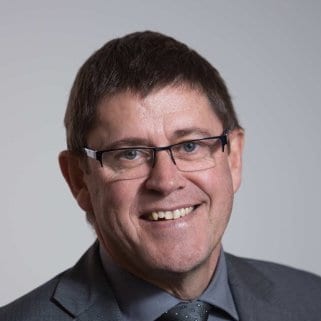 Afternoon Chair’s Welcome Back (14:10)
Afternoon Chair’s Welcome Back (14:10)
Mark Catchlove, Herman Miller Insight Group, EMEA
Mark is responsible for sharing Herman Miller’s Insights into the latest thinking in workplace design and related issues. The subjects covered include, The Psychology of Collaboration, Social Capital, The Science of Happiness, Creativity in the Workplace and Agile Working. Mark is often invited to speak at leading workplace conferences. He has delivered more than 400 seminars around the EMEA region, including France, Holland, South Africa, Russia, Saudi Arabia, UAE, as well as all across the UK. Mark has also delivered in-house seminars for a variety of organisations – these include: AON, Quintiles, Coca-Cola, Deloitte, Shell, Goldman Sachs, Aon, W L Gore, Morgan Stanley, Microsoft, BBC, AIG, Shell, and the Ministry of Defence, MacMillan Cancer Support, Roslin Institute and Bank Muscat.
Artificial Intelligence and the Workplace (14:15)
Antony Slumbers, estates today
 AI, whether we realise it or not, is impacting our lives right now in significant ways. From monitoring our credit card usage for fraud, to filtering our email for spam, to recommending what to watch on Netflix, to recognising our friends in photographs on Facebook, to flying our planes and enabling self driving cars.
AI, whether we realise it or not, is impacting our lives right now in significant ways. From monitoring our credit card usage for fraud, to filtering our email for spam, to recommending what to watch on Netflix, to recognising our friends in photographs on Facebook, to flying our planes and enabling self driving cars.
AI will become pervasive within the office as well. But how do you need to think about AI in the Workplace? How do you approach a topic which can be somewhat overwhelming?
Antony advises commercial real estate institutions, developers and professional services companies on the impact of new technologies on the real estate industry, and the opportunities this brings. From how technology is changing the nature of demand, to the changes that will bring about in the nature of supply, operations and business models.
All his work is based on creating new sources of value and avoiding value destruction. Technology can and does do both. The real estate sector is changing very fast and very dramatically. What worked in the past most likely will not work in the future. Over a 5-10 year timeframe it is likely the industry will look very different.
Read Antony’s blog here.
Designing the Workplace in the Age of Algorithms & Machine Learning (14:45)
Lorena Espaillat Bencosme and Philipp Siedler, Zaha Hadid
This presentation examines how algorithms and machine learning are creating unprecedented opportunities to design exemplary workplaces. Lorena and Philipp will demonstrate with examples of current advanced computational analytics including tools that simultaneously balance the unique preferences of thousands of individual staff and instantaneously analyse user benefits of multiple design options. The presentation will show how these and other technologies can help create workplaces that are more tailor made to overall and individual wellness and performance drivers and are more adaptive to changing needs.
Environmental Conditions in the Workplace (15:45)
Itai Palti, Hume & Conscious Cities
 Workplace design is not just about providing the right spaces to facilitate required work activities; it’s also about providing the right environmental conditions.
Workplace design is not just about providing the right spaces to facilitate required work activities; it’s also about providing the right environmental conditions.
Itai is a practicing architect and researcher focusing on designing with the human experience in mind.
He is Director of Hume, a science informed architecture and urban design practice backed by research at its Human Metrics Lab. Hume provides a full service from concept to post-occupancy using a unique methodology centred around the human output of the built environment.
In 2015, Itai founded the Conscious Cities movement; a new field of research and practice for building people-centric environments that are aware and responsive using data analysis, AI, tech, and cognitive science in design. A fellow at The Centre for Urban Design and Mental Health, he has edited its inaugural journal, and also contributed to a number of international publications such as The Guardian.
Itai is an alumnus of The Bartlett School of Architecture, UCL and has worked alongside the late visionary architect Jan Kaplicky at Future System on projects such as the Ferrari Museum in Modena. Working internationally on architecture and urbanism projects, Itai carries out design and thought leadership roles in bodies such as Harvard, Brookings Institution, and Urban Thinkscape.
Designing for Differences: Neurophysiological Factors and Office Acoustics (16:15)
Tania Barney, Tania Barney Consultancy & Training &
Paige Hodsman, Saint-Gobain Ecophon
Office noise can be a significant problem for knowledge workers, particularly in open plan environments. Auditory distractions have an impact on performance, health, well-being and overall workplace satisfaction with a significant cost to business. Individuals are known to differ in their sensitivity to all of the senses, including the auditory sense.
To date, much of the research and development in workplace psychoacoustics has focused on individual psychological factors. Understanding of individual neurophysiology and the implications for office noise remain largely unexplored. In 2018, a literature review was conducted exploring neurophysiological differences in sensory processing and the implications this has for the workplace, including office design.
Key points from the literature review will be presented, including:
- Background to this literature review and existing research in psychoacoustics
- Understanding Neurophysiology and Sensory Processing
- Understanding neurophysiology in the office environment
- Organisational and design implications
- Proposed future research
Crisis of Focus: What we are forgetting about in the age of connectedness (16:45)
Michal Matloň, HB Reavis
 Cooperation, communication, connectedness. These are the words that you have probably stumbled upon when thinking about how to improve your workplace. Achieving effective collaboration is one of the most discussed goals of today’s business world. To achieve it, we are tearing down walls, mixing teams and testing innovative communication tools. This trend, however, also has an another effect. With more collaboration, there’s less time and space for focused, productive work. Drawing on multiple research results, Michal will tell you why we should focus on focus in 2019 and how to balance it with the need for connectedness.
Cooperation, communication, connectedness. These are the words that you have probably stumbled upon when thinking about how to improve your workplace. Achieving effective collaboration is one of the most discussed goals of today’s business world. To achieve it, we are tearing down walls, mixing teams and testing innovative communication tools. This trend, however, also has an another effect. With more collaboration, there’s less time and space for focused, productive work. Drawing on multiple research results, Michal will tell you why we should focus on focus in 2019 and how to balance it with the need for connectedness.
Michal is a user experience specialist at HB Reavis, a real estate developer creating people-focused work and innovation ecosystems in European cities. With background in applied psychology, he’s exploring how our environment affects our thinking, feeling and behavior and what it means for the business world. In the past year, he was co-managing the process of research and design of new HB Reavis headquarters, as well as the change management process during this project.
 Purchase access to the conference videos here at our introductory offer of £65 + VAT (reduced from £135).
Purchase access to the conference videos here at our introductory offer of £65 + VAT (reduced from £135).
Your confirmation email will contain a private link to the video webpage with individual video sessions, plus links to presentation PDFs where available. In total around 5 hours of viewing for you to enjoy, as and when you choose.


